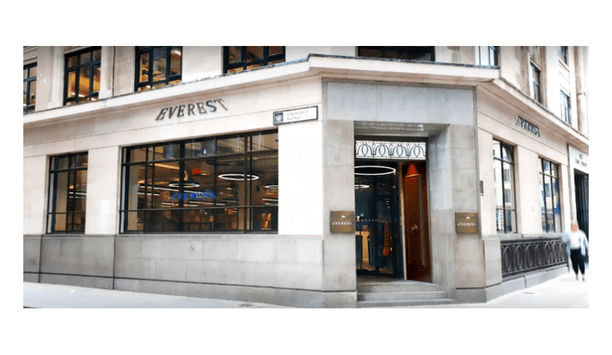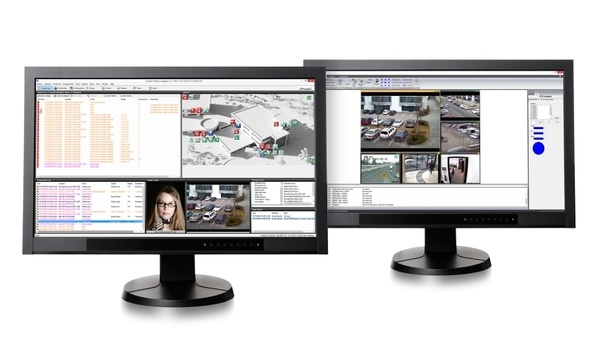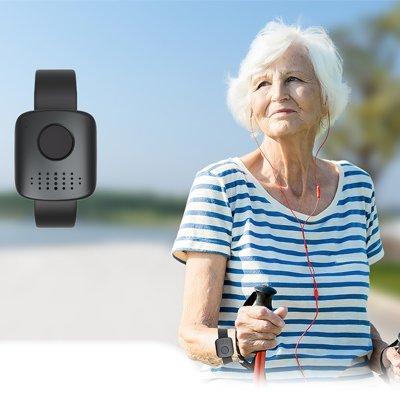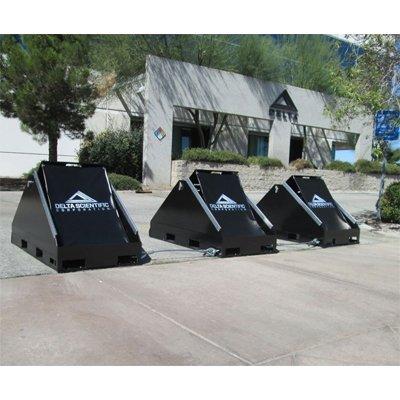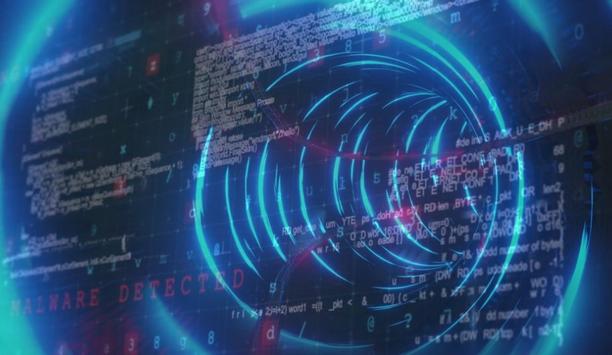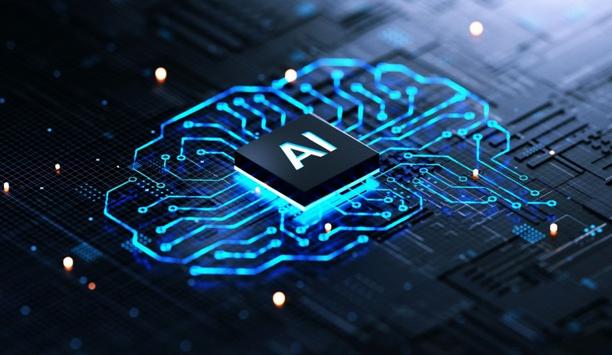A joint whitepaper released by The Industrial Internet Consortium (IIC) and oneM2M, reveals how developers seeking to reduce complexity when designing Internet of Things (IoT) and Industrial Internet of Things (IIoT) systems, can leverage different architectural approaches side-by-side to enable faster-time-to-market of new Industrial services and use cases.
The joint whitepaper, “Advancing the Industrial Internet of Things,” written by the IIC, the world’s leading organization transforming business and society by accelerating the IIoT, and oneM2M, the global IoT standards body, demonstrates how these two leading IoT organizations are working together to advance the IIoT and digital transformation, through the creation of a robust, interoperable, flexible and efficient IIoT ecosystem.
Deploying IoT and IIoT systems
The IIC is building out the Industrial IoT ecosystem to accelerate adoption and enable the digital transformation"
Through their work, the IIC and oneM2M aim to help vertical markets achieve interoperability and reusability, by minimizing complexity and the cost of designing, developing and deploying IoT and IIoT systems to shorten time-to-market and value-creation cycles. With a focus on practical deployment tools, the white paper describes how the IIC’s and oneM2M’s architectural approaches can be aligned to provide a toolkit of best practices and technical standards for organizations involved in the design and deployment of IIoT systems.
“Through its liaison program, the IIC is building out the Industrial IoT ecosystem to accelerate adoption and enable the digital transformation,” said Wael William Diab, Chair of the IIC Liaison Working Group and Secretary of the IIC Steering Committee. “The joint whitepaper with oneM2M exemplifies this collaboration.”
Interoperable IIoT systems
The Industrial Internet Reference Architecture (IIRA) provides a high-level architectural framework and methodology that enables rapid realization of interoperable IIoT systems. It provides guidance for development by identifying and highlighting important architectural concerns, concepts and patterns that can be applied within and across industrial sectors. oneM2M’s common service layer is designed to enable Machine-to-Machine (M2M) and IoT applications across different vertical domains, via a horizontal platform architecture. Its three-layer architecture standardizes the interfaces between these layers, providing a secure means for connecting data ‘producers’ and data ‘consumers’.
The liason provides a foundation for future collaboration on security and semantic interoperability topics"
“The IIC Industrial Internet Reference Architecture and the oneM2M technical specification both seek to address key architectural and technical issues common across industries, each with a different approach and emphasis,” said Shi-Wan Lin, Co-chair, IIC Technology Working Group and Architecture Task Group and a co-editor of the whitepaper.
Public infrastructure sectors
“This joint whitepaper by technical experts from these two communities provides an initial mapping and alignment of these two complementary reference architectures and offers guidance on how to benefit from them when implementing IIoT systems.”
“This liaison initiative highlights the strategic importance of architecture models and the need for a standardization roadmap for industrial IoT solutions. It provides a foundation for future collaboration on security and semantic interoperability topics,” said Ken Figueredo of InterDigital Inc, a member of the oneM2M Partnership Project, and co-editor of the report. “oneM2M and the IIC are also expecting more standardization requirements to arise from new industrial use-cases across the manufacturing, transportation, energy, agriculture, healthcare and public infrastructure sectors.”













